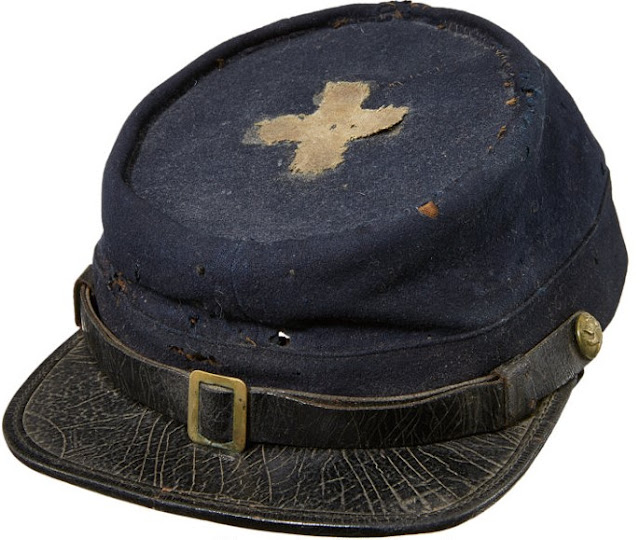Traced to the Curse of Intoxication: A Wartime Execution

T he war was in its closing days, but at 1 p.m. on March 31, 1865, in Goldsboro, North Carolina, the soldiers of Sherman’s army witnessed the military execution of Private James Preble of the 12 th New York Cavalry, convicted of the rape of three local women. On the afternoon of March 16, 1865, Preble got drunk and belligerent, raped one woman, and tried to rape two others. He was promptly arrested and just two weeks later, he was scheduled for execution. The wheels of military justice moved quickly in those days. The 24-year-old resident of Buffalo had served in the war since the outset, first with the 12 th New York Infantry in the 90-days service, then with the 49 th New York Infantry where he had fought with McClellan on the Peninsula and during the Seven Days’ Battles, Crampton’s Gap and Antietam before being discharged at White Oak Church for disability in January 1863. Preble returned home to Buffalo where he enlisted that fall in ...













